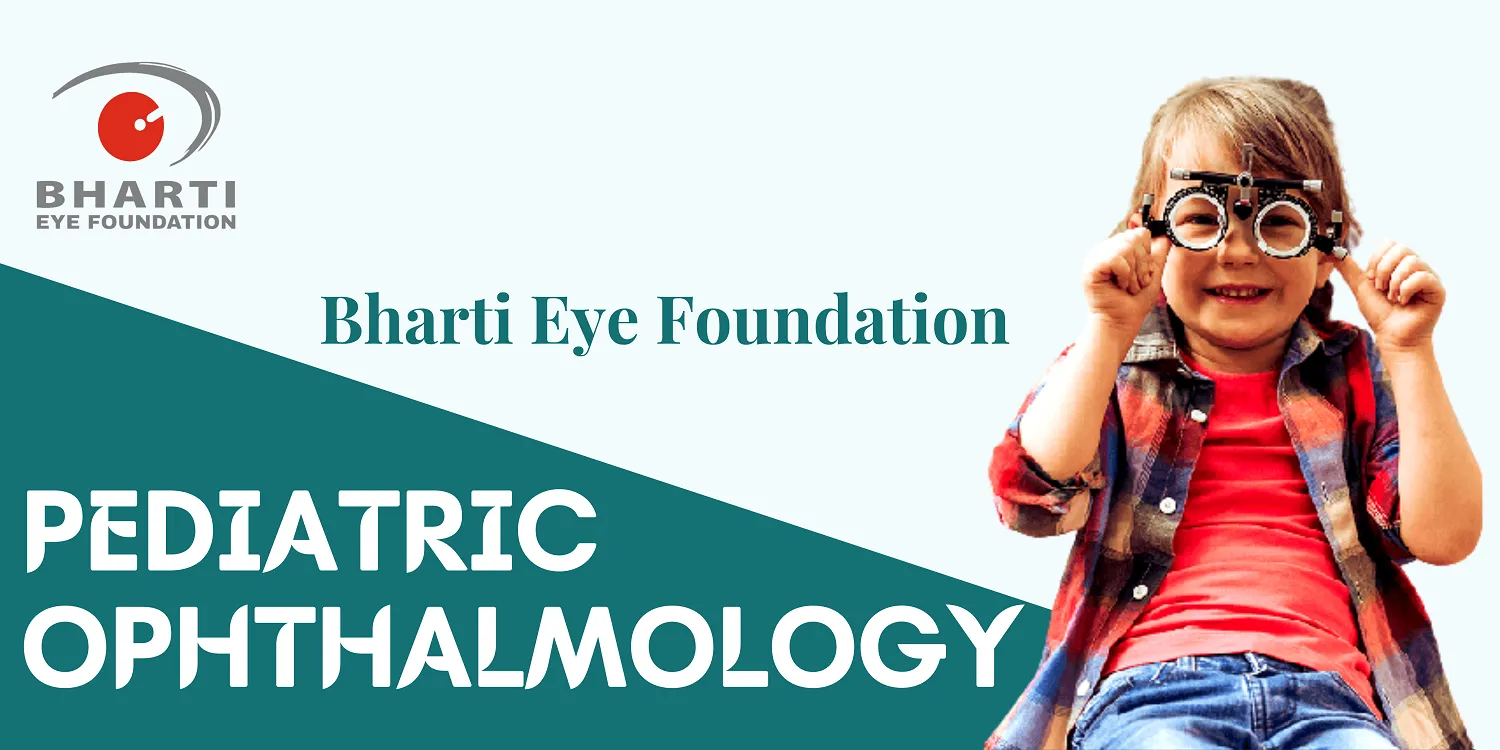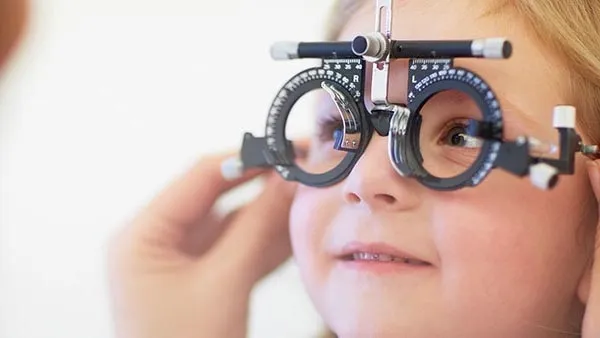
What is pediatric ophthalmology?
Any problem associated with eyes in children is called Paediatric ophthalmology. Problems like difficulty in vision, blocking tear ducts, cataracts and difficulty in reading. Sometimes the child is born with an eye defect when it is called Congenital.

Common eyes problems in children and their treatment
1. Cataracts: - Pediatric cataracts are a condition in which the natural lens of the eye of a child becomes opaque. Child has blurred vision and needs urgent treatment to restore good vision which may be immediate surgery.
2. Glaucoma: - Congenital glaucoma is the birth eye defect that can cause damage to the optic nerves. The child has difficulty in opening the eyes in light( photophobia) and watering. Treatment is medicines or surgery and your surgeon is the best person to guide you.
3. Amblyopia (lazy eye): - Amblyopia or lazy eye is a condition where the vision of one or bothe eye is poor and does not improve to 100% with glasses. This condition can be treated using glasses, eye patches and eye drops.
4. Strabismus or Squint: - Strabismus is a condition in which the eyes point in different direction and are not able to align properly with each other. If the problem is not detected or treated timely then it can lead to amblyopia. This problem must be treated at early age by eye patches, glasses, exercise and eye drops.
5. Pink Eye: - Pink eyes are a condition when the eye of a child gets red due to infection, irritation and allergy. It can cause itchiness, watery eyes and sticky discharge. In a newborn it is very important to treat it early to avoid any serious complications.
6. Epiphora: - Epiphora is a condition in which a child gets watery eyes and excess tearing. It could be due to blockage of tear ducts, infection or allergy. It is important to treat it early as blocked tear duct because tears are not able to clean the eye and cause infection in the eye.
7. Droopy eyelids (ptosis):-In this condition the eyelids do not open as much as they should be. This happens due to the weakness in eye muscles that open in eyelid.
8. Far sightedness: - In this condition the child is unable to see the close objects clearly. This is the common problem in children. They are suggested to wear glasses.
Eye diseases in children have to be treated early to prevent serious vision problems in future
| Week-Days: | 9am - 6pm |
| Sunday: | CLOSED |
Copyright © 2022 · All Rights Reserved Bharti Eye Foundation